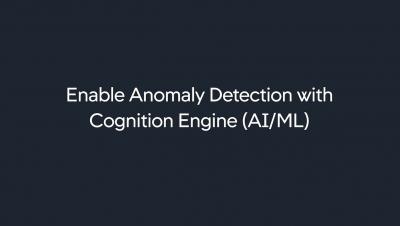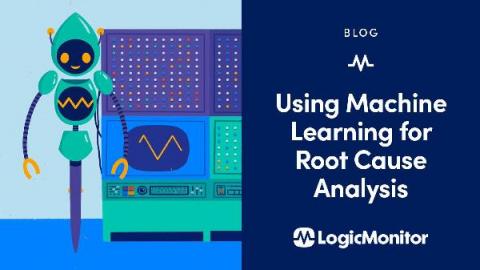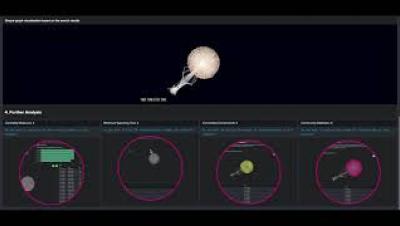Operations | Monitoring | ITSM | DevOps | Cloud
AI
Using Machine Learning for Root Cause Analysis
From a security breach to a complete system outage, when an incident occurs and your network or service is impacted, it’s typically the result of a chain of events. A problem with one service has impacted another service, and so on until finally, you’re facing a problem that’s compromising availability and damaging your customer experience. In the event of a serious incident, your team’s immediate response is to focus on identifying the root cause and restoring service.
IT Pros on the Future of Automation and AI in ITSM
A Deep Dive into Machine Learning in Flux: Naive Bayes Classification
Machine learning — the practice of writing algorithms that improve automatically through experience — has become a buzzword nowadays that connotes to something otherworldly and on the bleeding edge of technology. I’m here to tell you while that may be true, getting started with machine learning doesn’t have to be hard!
Five worthy reads: Ethical AI: Why is it the need of the hour?
Five worthy reads is a regular column on five noteworthy items we have discovered while researching trending and timeless topics. This week, we highlight the urgent need for ethical AI due to increased adoption of AI enabled technologies by businesses during the COVID-19 pandemic.
MLOps - Logs, Metrics and Traces to improve your Machine Learning Systems
Once you’ve reached the point where you want to deploy your machine learning models to production, you will eventually need to monitor operations and performance. You might also want to receive alerts in case of any unexpected behavior or inconsistencies with your model or your data quality. This is where you most likely start learning about various aspects of Machine Learning Operations (MLOps).
Five worthy reads: How augmented data management can pave the way for better decision-making
As there are more advances in data use, businesses must ensure they’re delivering value by utilizing all data sources present in their environments. Irrespective of the source of data, be it operational or transactional systems, smart devices, social media, video, or text, it’s what the business does with the data available that determines its value strategy.
Graph Analytics Using Splunk and the Machine Learning Toolkit
The Words of the Birds - Leveraging AI to Detect Songbirds
When was the last time you had the chance to listen to some of the most beautiful concerts that nature can play for you? From simple chirps and tweets to complex bird songs composed into a sophisticated soundscape, you may wish you could decrypt and understand their daily conversation. “Hey, good morning, how are you today?”, you might hear in the early hours, sometimes so loudly that you are awakened from the chirping.
A Smarter Way to Preprocess Your Data
In May we released the Splunk Machine Learning Toolkit (MLTK) version 5.2. We’ve loved telling you about some of the great new features, including the most recent blog on DensityFunction. However, we know that before you can start experimenting with model-building algorithms such as DensityFunction, your data needs to be prepared for machine learning. Machine learning operates best when you provide clean data as the foundation for building your models.









